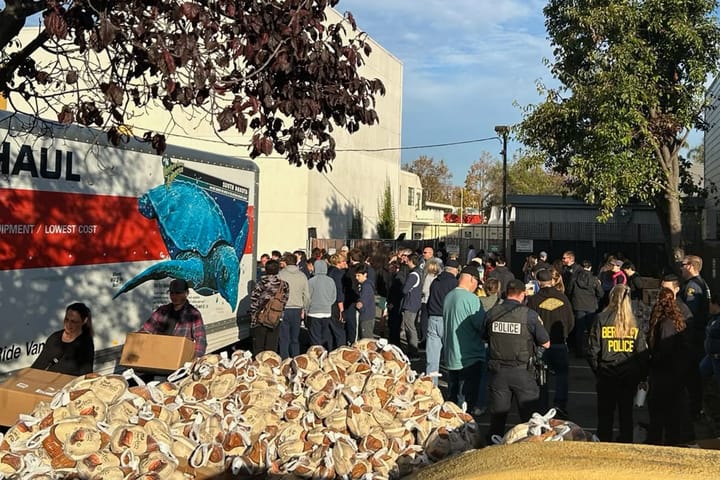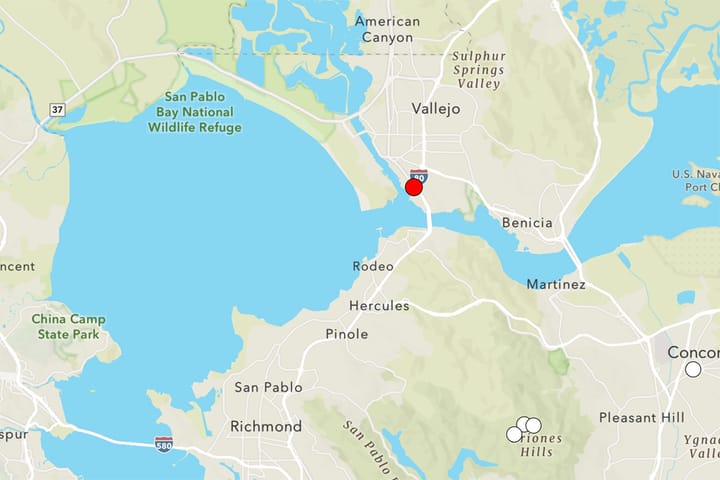Final Berkeley vote on strict new wildfire plan expected tonight
Update: Berkeley officials unanimously approved EMBER shortly after 11 p.m. following hours of public comment on both sides.

After several months of escalating community debate, the Berkeley City Council is poised Tuesday to adopt one of the strictest wildfire response plans in the state.
In April, Berkeley officials initially approved the plan, called EMBER, in a unanimous vote. Under city procedures, it required a second vote for adoption.
That was set to take place in May.
Instead, Councilman Brent Blackaby, who represents District 6 in the Berkeley Hills, announced that officials would postpone the decision in response to public criticisms.
Last month, Blackaby proposed revisions to EMBER, based largely on community input, including stakeholder meetings and public workshops that were at times tense as city officials tried to strike a balance between hearing homeowner concerns and lobbying for critical changes they say are crucial to public safety.
Plenty of people in the affected areas have also expressed strong support for EMBER, short for Effective Mitigations for Berkeley’s Ember Resilience, which many have started to implement.
Among the biggest changes to EMBER since the first council vote: Zone 0 inspections by the Berkeley Fire Department now have a start date of May 2026. And no citations would be issued if work is underway.
Blackaby has suggested other revisions as well.
- Changes in the city fire code to reflect a Zone 0 process for vegetation removal exemptions for rare and endangered plants or proven significant erosion or sedimentation of waterways such as creeks
- Changes in the fire code on avoiding the removal of healthy, mature, scenic trees, and avoiding impacts to designated (by state, federal or local agencies) environmental resources of concern, including historical resources
- Clarifying fire code language for easier comprehension
- Removing fire code language allowing violators to be cited or arrested on misdemeanor charges
- A detailed roll-out plan with a timeline and ramped-up outreach, to be done by September
- Site visits by fire department staff, homeowner implementation workshops, landscaper/contractor training, all to begin this summer
But the core — and most contentious — part of EMBER remains: the prohibition of plants in Zone 0, an "ember-resistant zone" extending out 5 feet from the base of structures.

It's part of the larger defensible space buffer required by the state, which extends 100 feet from a structure or to the property line (whichever is closer).
From a Scanner review, only the town of Paradise, severely damaged in the deadly 2018 Camp Fire, has essentially the same Zone 0 standards as those set under EMBER.
If adopted, the rule initially will be required in two neighborhoods — about 1,200 households — along the city's eastern border with open space deemed most vulnerable to wildfire, a quarter-mile slice between Grizzly Peak Boulevard and Tilden park, and Panoramic Hill.
The plan calls for phased regulations over time in the city's other very high fire hazard areas, an area of around 1,200 other properties west of Grizzly Peak, fire officials said this week. Expansion requires council approval.
Berkeley EMBER plan consistent with state draft
If EMBER becomes law Tuesday night, it appears Berkeley won't be a Zone 0 outlier for long, as the state seems poised to finalize nearly identical standards.
Enacted by the state in 2020, the Zone 0 addition to defensible space law has been making its way through the state Board of Forestry and Fire Protection's rulemaking process to determine what will and won't be allowed.
After a push from Gov. Gavin Newsom in early February following the Los Angeles fires, the board ramped up its Zone 0 efforts, holding public workshops, with a final plan expected by the end of the year.
The last three drafts, including the most recent release from June 10, call for nearly identical standards to Berkeley's. The state's latest Zone 0 meeting happened Monday.
This is key for Berkeley because, while it's ahead of the state chronologically, it's required to comply with California law at minimum, regardless of EMBER.
The city can go stricter than the state, but not weaker.
If the final state rules differ from the city's, the fire department says it will revisit Berkeley's regulations for potential changes.
Under the latest draft, new construction would need to comply as soon as details are finalized, but existing development would have three years to catch up.
Many Berkeley opponents have urged the city to wait for the state to finish its Zone 0 standards.
But officials have emphasized that the sooner the city buffers itself against wildfire from open space to the east, the safer for residents and fire crews.
"EMBER is consistent with the state’s latest proposed regulations," Councilman Blackaby said Tuesday afternoon. "If they change their guidance, we can absolutely revisit ours. But we can’t afford to wait to start this journey to greater wildfire resiliency as a community."
He continued: "Waiting another six months or 12 months to act, over an extended phase-in period, would leave us vulnerable for at least two or three more fire seasons. That’s a risk we can’t afford to take."
Some potted plants would be OK under EMBER
A number of studies indicate that wildfire embers collect along the bottom of structures and are a leading cause of home ignition.
Instead of plants, hardscaping, such as gravel, rocks or dirt, is the recommended alternative.
Plants in noncombustible pots would be allowed under the city's Zone 0, with some height restrictions, as well as tree trunks, as long as their leafy crowns clear roofs by 10 feet and aren't near chimneys.
Five feet of space or noncombustible material is required between wood fences and structures. But wood fences around yards would still be allowed.
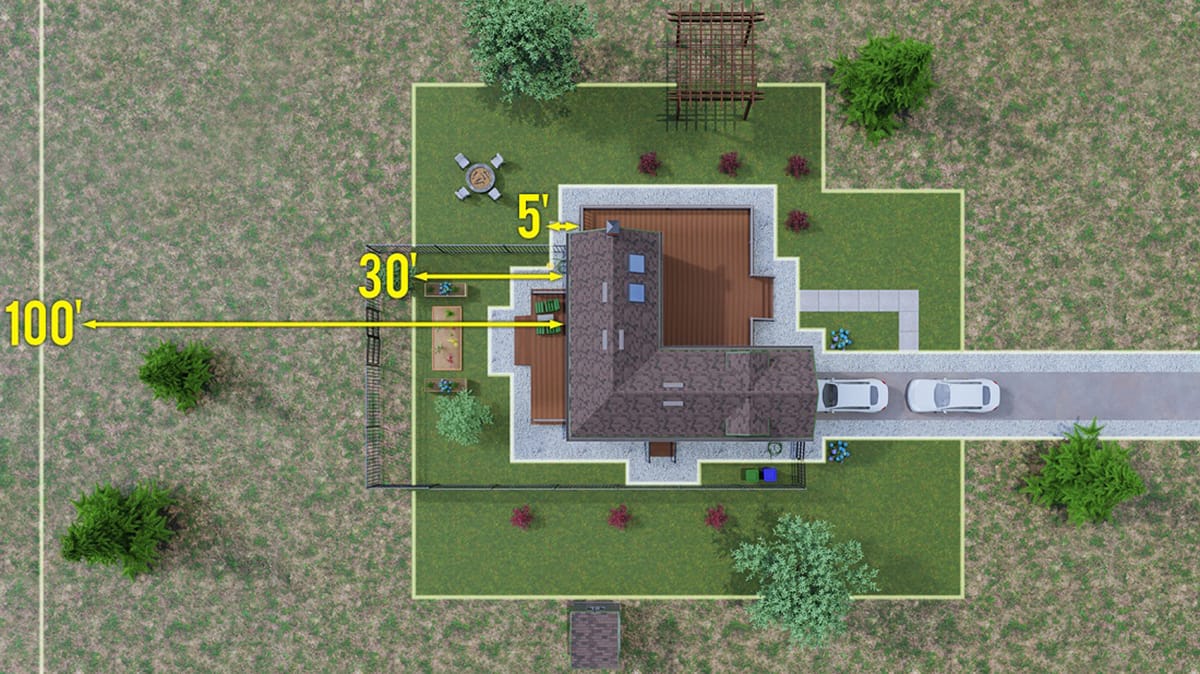
Defensible space, vegetation management to slow or prevent wildfire, is required by state law in California's highest wildfire hazard severity zones. In part, that's to give fire crews room to maneuver.
Some researchers challenge Zone 0's no-vegetation policy, saying plants are not equally flammable. They don't like the law's one-size-fits-all approach.
But many others, with generally wide fire service support, say there's overwhelming scientific evidence backing the ignition risks of plants close to buildings in high hazard areas, especially given the vast differences in how people maintain their yards.
This debate is likely to continue in Berkeley — and beyond — as new research builds knowledge on dealing with increasingly destructive wildfires.
Very high fire hazard zone expansion also up for vote
Fire hazard zones (very high, high, moderate) are determined by Cal Fire, the state's fire agency, based on computer modeling of factors including weather, topography, vegetation and fire history.
Fire hazard is a measure of vulnerability to fire, not of risks or damage.
Cal Fire’s hazard map was recently updated, opening the door to local changes.
Local fire agencies, which are responsible for enforcing defensible space laws in high hazard areas, can expand Cal Fire hazard zones based on local data.
In addition to adopting EMBER, the City Council on Tuesday will likely approve an expansion of Berkeley's very high fire hazard zones on Panoramic Hill, citing fire department studies of ember pathways into the city from the east (East Bay Regional Park District) and historical fire patterns.
BFD also wants to expand high fire zones down the hills to the west, below the very high hazard areas,
Cal Fire sets minimum defensible space requirements. Local jurisdictions such as Berkeley can expand but not shrink state standards.
Defensible space applies only in the very high fire hazard areas. Home hardening requirements for new construction apply in very high and high hazard zones.
Home 'hardening' is part of Berkeley's EMBER plan
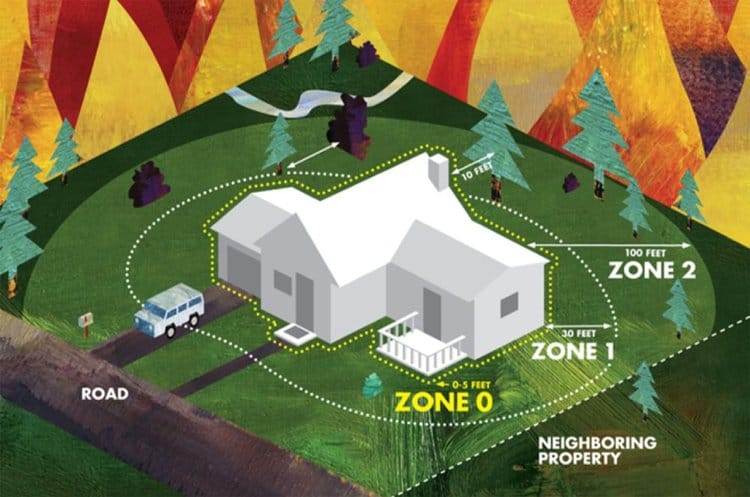
In addition to Zone 0, EMBER calls for education and incentives for homeowners to "harden" their homes against fire, measures such as Class A non-combustible roofing, double-pane windows, ember-resistant vents, gutter guards and non-combustible exterior siding.
Research consistently shows that the more hardened a home, the less likely it is to burst into flames from embers or fire.
It's the combination of defensible space and home hardening that offers the best shot at protecting against wildfire, the Berkeley Fire Department says, calling it "two peas in a pod."
State law already requires new construction in high and very high wildfire zones to adhere to strict fire codes with many of these measures. This includes large remodels and ADUs or in-law units.
But Berkeley is largely built-up, and new construction is rare. The city can't legally require hardening for existing homes.
Berkeley EMBER: Top questions answered
Here's a look at a few parts of EMBER that have drawn confusion and misunderstanding.
How do I know if EMBER applies to my home?
To start, EMBER rules will apply in two neighborhoods on the eastern edge of the city, bordering open space, which the fire department calls the Grizzly Peak and Panoramic mitigation areas.
Also, look for updates to the city's GIS public mapping portal, which includes fire hazard zones.
The fire department has already started educational outreach to these properties, including offering one-on-one consultation with staff. According to Blackaby, 150 people have already signed up.
How were these neighborhoods chosen?
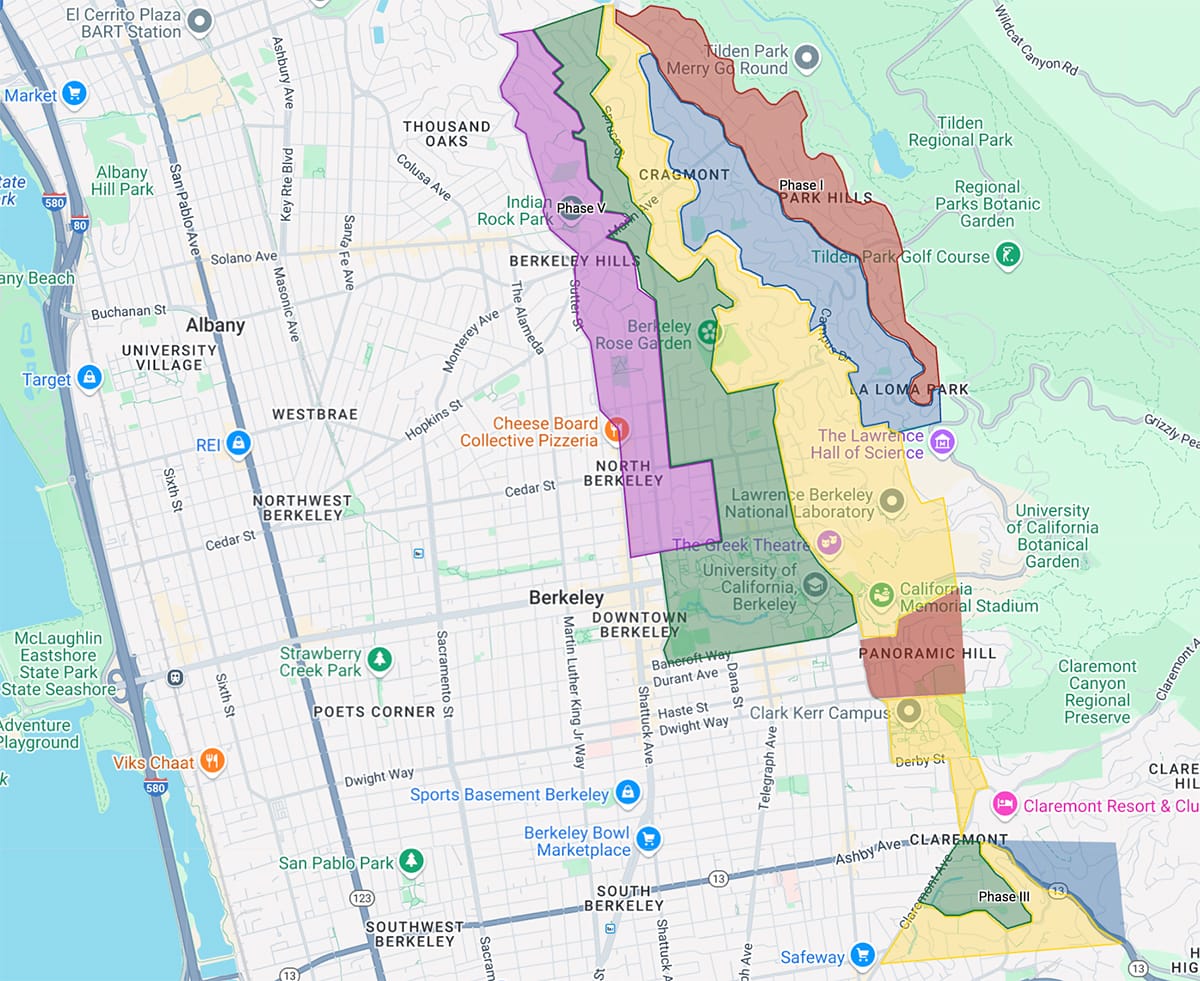
Defensible space is required by state law in very high fire hazard severity zones, determined by Cal Fire.
All Berkeley properties subject to EMBER are in a very high hazard areas.
On Tuesday, the fire department has asked the city to expand the very high hazard zone on Panoramic Hill to the west, based on local hazard data.
About 1,200 other properties west of Grizzly Peak Boulevard are in a very high hazard zone set by Cal Fire but won't be required to comply with Zone 0 until a state-set deadline, likely in 2029.
That puts the total number of Berkeley properties in very high fire hazard areas at about 2,400, according to the latest city estimates.
The goal of EMBER, Berkeley Fire says, is to create a fire-prepared buffer on the eastern and most vulnerable edge of the city to help block or slow fire burning from the east, while giving firefighters room and time to work.
Berkeley Zone 0 properties: Is financial help available?
The fire department has secured a $1 million grant to help higher-need residents comply with Zone 0.
The Resident Assistance Program is available to people 65 and over, low-income or medically unstable.
In addition, property owners who complete home hardening are eligible for a partial rebate of the city transfer tax — up to one-third of 1.5% of the sale price — when homes are bought or sold. Buyers and sellers are both eligible. (The county transfer tax is not affected.)
This credit has been on the books since last fall for anyone in a high or very high fire hazard area, but the city plans to do more outreach, Blackaby said.
Blackaby said he is also looking at ways to help homeowners access cash from the transfer tax credit sooner, but nothing is set.
The fire department said identifying other financial support is a high priority.
This includes lobbying legislators for measures in the pipeline that would provide financial and other support for Zone 0 and home hardening, such as AB 888 (Safe Homes grant program); AB 389, personal income tax credits for fire resistant home improvements; and the federal FIREWALL Act, a tax credit for people taking steps to protect their homes from natural disaster, including wildfire.
What happens if I don't comply?
The fire department says it's taking an educational approach to Zone 0, with citations as a last resort. Work in progress counts.
The department usually grants a 60-day grace period after a property fails an inspection. After this, fines start at $100 for the first 30 days, then escalate quickly, including daily increases.
Will my insurance rates drop after completing Zone 0?
This is complicated, and fluid. The state, under a program called Safer From Wildfires, requires insurance carriers to discount policies meeting certain defensible space and home hardening standards, including a plant-free Zone 0.
This is the same standard set by the Insurance Institute for Business & Home Safety, a nonprofit research tank funded by insurers, called Wildfire Prepared Home. The institute also partners with insurance providers to offer discounts to homeowners who meet this standard.
But complying with Zone 0 alone isn't enough to qualify for a discount under these programs. As the state gets closer to finalizing Zone 0, many are calling for the state to require discounts for meeting this step.
Insurance advocates say you should always ask your broker or company about discounts for wildfire preparedness. This is evolving, and companies differ.
Berkeley EMBER: How to learn more?
The city's wildland fire response program, called FireSafe Berkeley, has a comprehensive EMBER section.
This includes an updated list of frequently asked questions, with a thorough review of the science behind ember-resistant zones — one of the most debated aspects of the plan at the city and state levels.
Looking for the crib notes? See BFD's condensed EMBER flier.
Related coverage
Read more about wildfire in past TBS coverage.
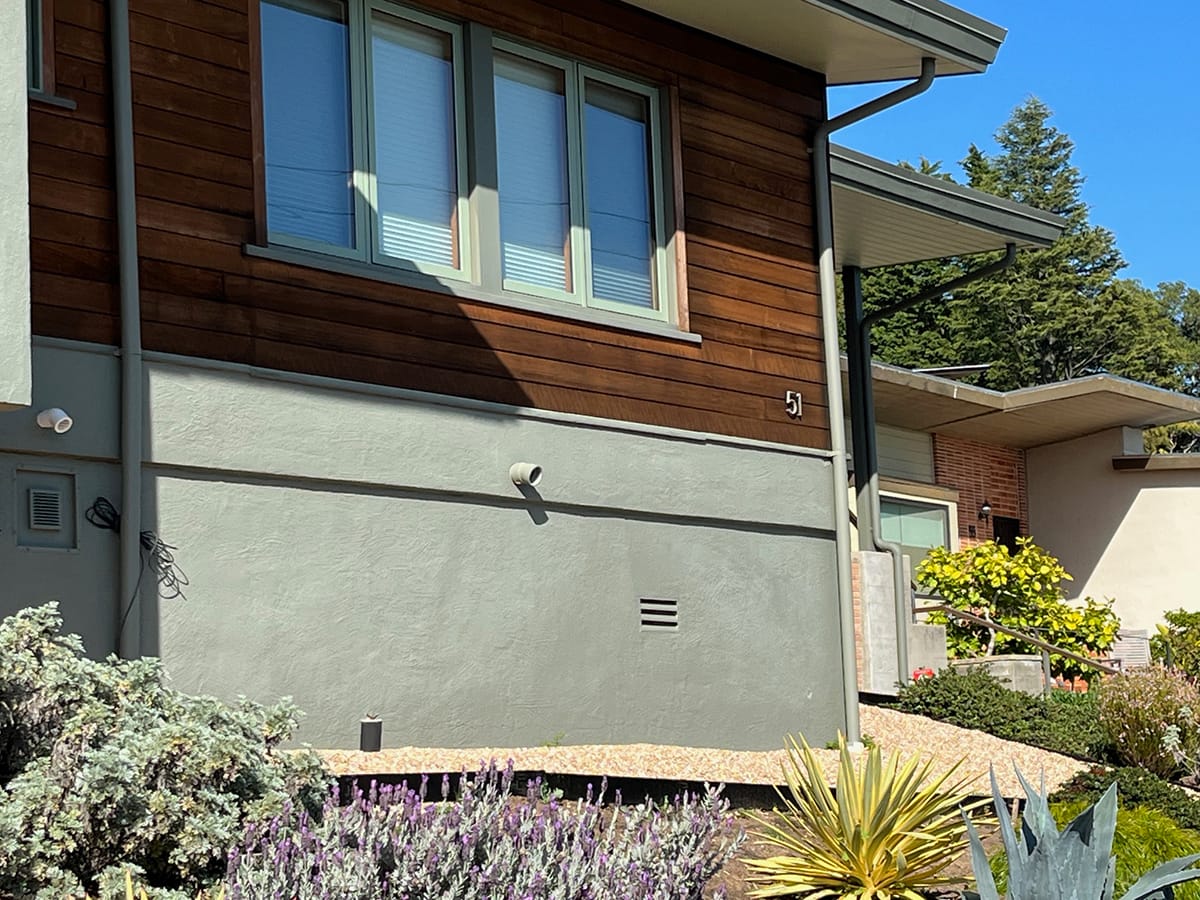
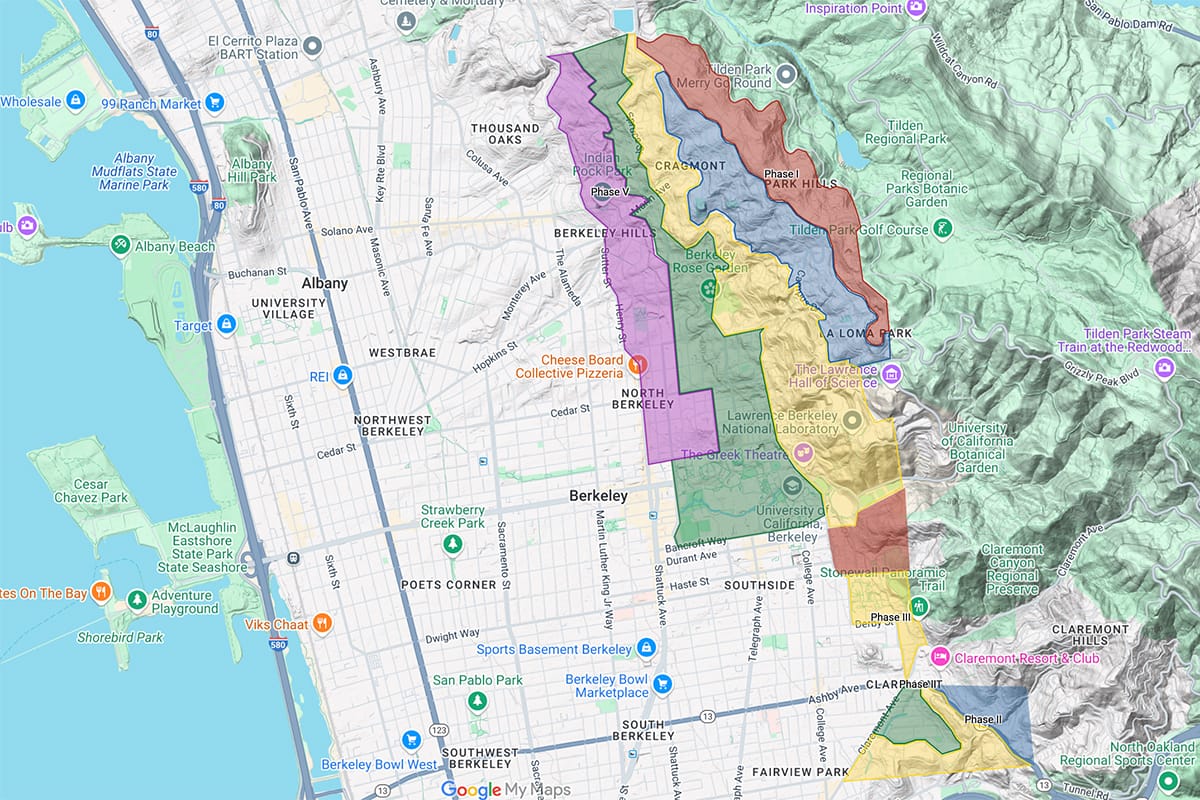
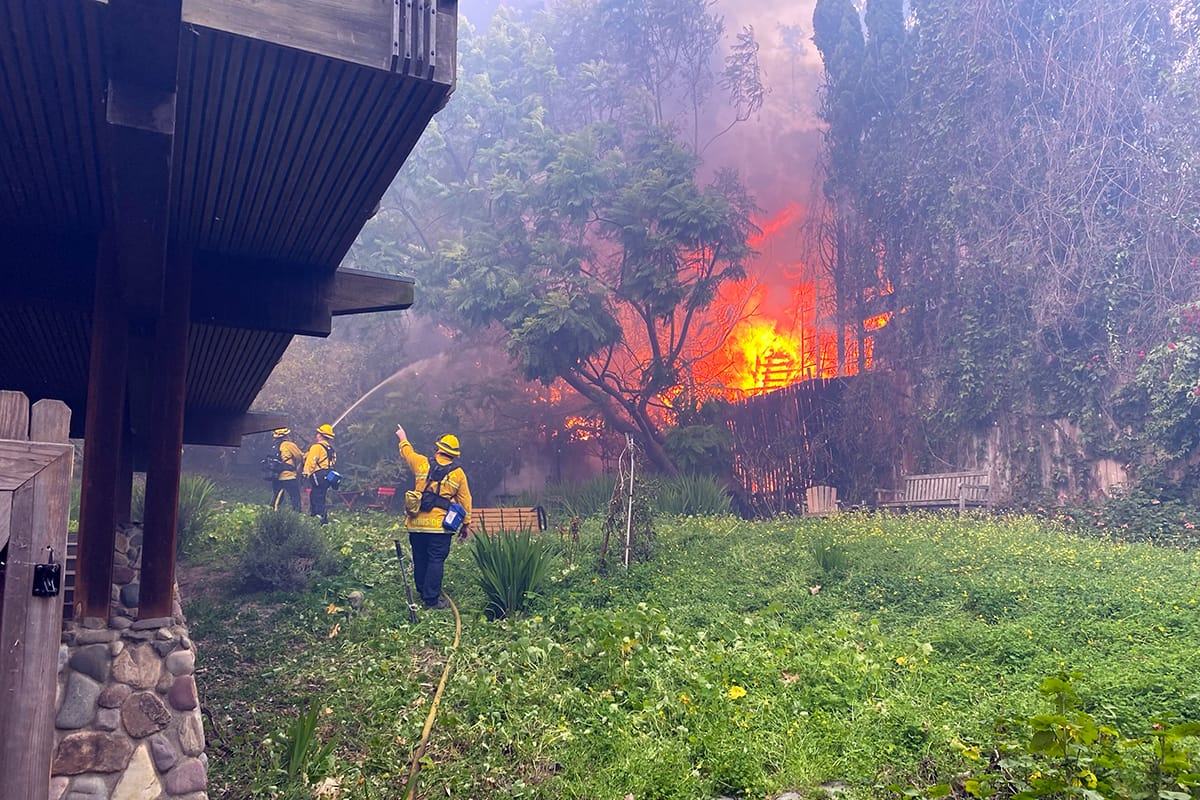
Kate Darby Rauch spent more than 10 years as a daily news reporter with the East Bay Times and has freelanced for numerous publications, including the Washington Post, Newsday, the Seattle Times, San Francisco Chronicle and Oakland Magazine.






